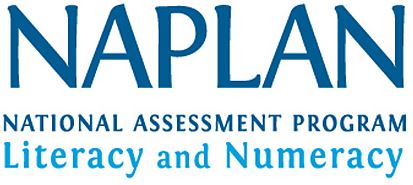
The full NAPLAN results for 2021 were released by ACARA today. There were concerns that student performance would be negatively impacted by COVID, but my analysis of gender differences suggests there is a LOT to be optimistic about, particularly for primary school leaders, teachers, students, and parents.
(NOTE: To calculate months of equivalent learning, I used the Grattan Institute’s Equivalent Year Levels approach, which you can read about here)
YEAR 3: For reading, Year 3 boys and girls did better than ever on any previous NAPLAN test. The gender gap was also the widest ever at 5.16 months of equivalent learning in favour of girls. For numeracy, the Year 3 gender gap was the widest of any previous test in favour of boys at 2.52 months. For writing, boys and girls did better than any previous NAPLAN test. The gender gap was the same as last year at 7.2 months in favour of girls.
YEAR 5: For reading, boys had their equal best performance on any test and girls did their best ever. The gender gap was the largest ever for reading at 5.76 months in favour of girls. For numeracy, boys had their equal best performance while females were similar to 2019 leading to the widest ever gender gap of 4.68 months in favour of boys. For writing, boys had their best performance since 2010 and females did their best since 2015. The gender gap was the lowest ever at 9.72 months in favour of girls.
YEAR 7: For reading, boys and girls were down slightly from last year. The gender gap was 8.04 months in favour of girls. For numeracy, boys had their equal second-best performance while girls were down slightly. The gender gap was 5.52 months in favour of boys. For writing, boys and girls had their best performance since 2011. The gender gap was the second-lowest at 18.12 months.
YEAR 9: For reading, boys and girls performed lower than in 2019. The gender gap was 9.96 months. For numeracy, boys and girls were down from last year. The gender gap was 5.64 months. For Year 9 writing, males had their best performance since 2011, and females performed higher than in 2018 and 2019. The gender gap was the second-lowest ever at 20.52 months.
READING SUMMARY: Outstanding outcomes for primary students with their best ever performances on any NAPLAN reading test. Secondary reading was down from recent tests. With increased performance, the gender gap appears to be widening at the primary end.
NUMERACY SUMMARY: Primary school boys and girls did reasonably well on the numeracy test. Other than Year 7 males, numeracy performance was down for secondary school students compared to recent tests. The gender gap appears to be widening at the primary end in favour of boys though the gap is still considerably smaller than reading and writing.
WRITING SUMMARY: Outstanding outcomes for primary and secondary males and females with notable improvement over previous tests. The gender gap in favour of girls appears to be closing at all year levels but is still considerably wider than any other NAPLAN test.
Key messages to take from the 2021 NAPLAN tests
Something is clearly working in Australia’s primary schools, particularly when thinking about reading and writing. At the primary end, the gender gaps are widening for reading and numeracy and closing for writing. As has been the case in all NAPLAN tests, girls are ahead on the literacy tests and boys are ahead on the numeracy test. The widest gender gap is still clearly associated with the writing test, with girls performing 7.2 months ahead in Year 3, 9.72 months in Year 5, 18.12 months in Year 7, and (a still concerning) 20.52 months in Year 9! Boys appear to be struggling to keep up with the increased writing demands in the transition from primary to secondary school.
While secondary students’ writing performance was higher than in previous tests, their reading and numeracy performances were down. In this sense, NAPLAN for 2021 might be a cause for celebration in primary schools and a cause for reflection in secondary schools.
